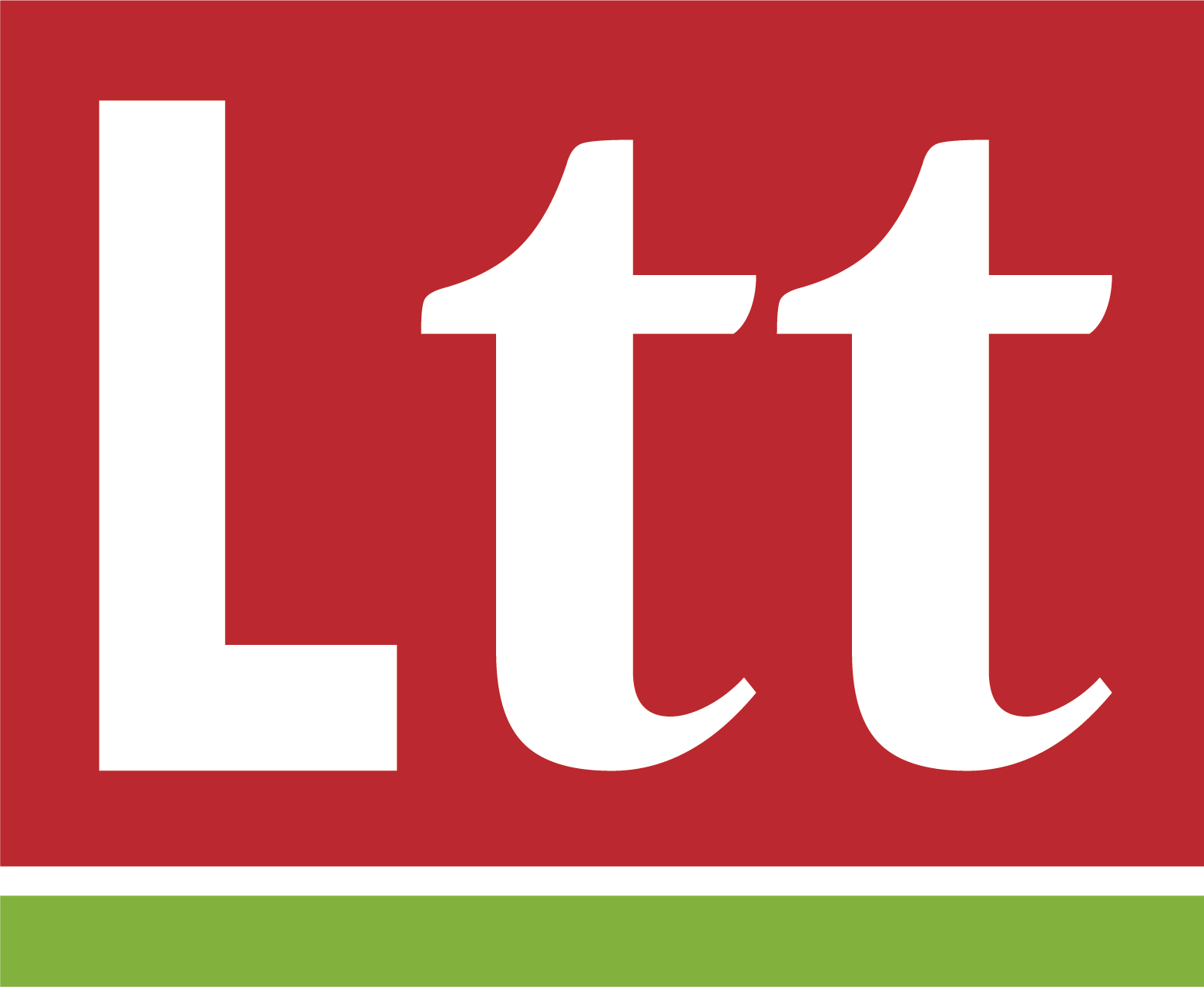sponsored by
This Award is designed to recognise marketing excellence over a sustained period that is likely to be measured in years rather than weeks.
The Award will go to the organisation that best demonstrates how an active, customer-focused marketing strategy, consistently applied over time, has driven business improvement, won extra journeys and captured new customers, ideally through a shift of travel from car to bus.
The winner of this Award will be able to show that this sustained approach has:
- delivered measurable improvements in customer service and customer satisfaction
- created or developed strong brands
- helped to change public perceptions and/or consumer behaviour
- genuinely driven all aspects of the business, particularly
- customer service
- staff training
- management and supervision.
The important thing is that the winner can demonstrate a passion for marketing and for serving the customer over a sustained period.
Results 2017
Winner, Gold Award
36: Riding. Redefined. Transdev Blazefield
Transdev Blazefield’s route 36 is a market-led product based around continual improvement, research and engagement. The company has worked hard to create and nurture a brand that provides demanding customers with an assurance of quality previously unseen within the bus industry. Back in 2003 two men had a vision of leather seated buses. Everyone thought they were mad, but passengers disagreed – they loved them. The 36 has been constantly reinvented, year on year to achieve growth. First came twin-deck, high spec buses in 2003. Double digit growth followed. The 36 was revitalised in 2010. And riding was ‘redefined’ in 2016, with a ú3.3m investment in new vehicles, and an associated marketing and communications campaign. The 36 features many firsts for the industry – glass roofs, workstations complete with tables and USB charging at the rear, spacious 2+1 seating and a library on board. The 36 was the first bus service outside London to accept contactless bank cards, speeding up boarding times and removing barriers to travelling by bus. A passenger survey in January showed 97% of customers were satisfied or very satisfied, and 74% stated that they couldn’t name anything they’d want to see improved! Fifty-six percent of customers could have used their cars, but chose the bus instead. And 77% of the 36’s passengers don’t ever use the train, the route’s main competitor, with the monthly Harrogate to Leeds rail season ticket costing 52% more than the monthly pass for the 36, which includes travel on any other Transdev bus too.
Transdev Blazefield’s route 36 has been refreshed once more in what the judges commented was an excellent team effort, led from the front. They were impressed with constant renewal over any years of this high quality service, and noted that the company has interesting plans for the future.
Winner, Silver Award
‘Lakes Connection’ 555 service – Stagecoach Cumbria & North Lancashire
The Stagecoach Cumbria and North Lancashire 555 service operates between Lancaster and Keswick, through the Lake District Park National Park, serving key destinations such as Kendal, Windermere, Ambleside and Grasmere. Tourism in the Lakes presents a drastic change in population during the summer months. This requires the marketing of the advantages of the service to those in the local area, bringing people in from Lancaster and Keswick, but also to stand out and attract those unfamiliar with the area who may be visiting for the day or weekend. Sustained, consistent and clear marketing of the service is a necessity to its success, as its route, frequency, cost and experience need to be communicated to a new audience each and every season. All social media platforms are used to promote the service, as well as more conventional leaflets and roadside publicity. The launch of 12 new vehicles in July last year was an opportunity taken to fully utilise the bus to promote the 555 service through eye catching branding and Stagecoach is continually looking for new ways to promote the service to encourage the public to leave the car at home or holiday accommodation.
In what the judges described as a well written, model entry, the judges thought this was an example of best practice for an inter-urban bus route. Sustained investment and marketing with plans for future development should secure a future for this service.
Winner, Bronze Award
Express City Connect – Stagecoach East Scotland
Stagecoach East Scotland’s Express City Connect services operate across Fife, Perthshire, Dundee and Angus and extend to Aberdeen, Edinburgh, Glasgow and Livingston. The routes are operated by luxury coaches, fitted with free wifi, air-conditioning, wheelchair lift, luggage lockers, CCTV, power and USB sockets. The majority of the fleet have leather, reclining seats and a toilet on-board and offer a comfortable and affordable travel option, appealing to commuters, day trippers and students. The varied target market requires extensive marketing to recognise and reach the range of customers who can benefit from the routes, create awareness of the range of luxury services available, help to align the product provision to customer aspirations and ultimately achieve modal shift and an improved customer experience. Tailored individual campaigns are carried out when specific developments take place and ongoing branding messages are also communicated throughout the year.
Continual development of its network, including the recent addition of two park and ride sites, investment in new vehicles and sustained marketing over a long time, were all noted by the judges and made Express City Connect a very strong contender in this category.
Specially Commended
Bus Times 30th Anniversary – Brighton & Hove Bus and Coach Company
Brighton & Hove Bus Company’s ‘Bus Times’, which celebrates its 30th birthday this autumn, is unique in the bus industry for its longevity and because it still has a much-loved place amongst the array of digital communication channels. Research showed that passengers wanted comprehensive bus timetables in one booklet regardless of operator. Brighton & Hove took the initiative to meet this need, covering every bus service run by all bus companies in the city, and replacing all the company’s timetable leaflets with one good quality free publication. Printed twice a year in the spring and the autumn – and thus dictating the timing of any service changes – the publication includes a service summary indexed by destination and number, frequency summaries, full service timetables with a 12-hour clock, route diagrams with each timetable, fare information and promotions of private hire. Bus Times currently has a print run of 70,000 and flies off the shelves when it’s published showing that it still has a much-loved and valuable place amongst the array of digital communication channels in the customer experience.
The judges thought that Brighton & Hove deserves a special commendation for continued production of what was probably the first fully integrated bus timetable, including the services of other operators. They noted that in the days of apps and smartphones, Bus Times demonstrates that there is still a very strong demand for a paper product.
Finalists
Purbeck Breezer – Go South Coast (morebus)
Miles of smiles is what is promised on board morebus’ Purbeck Breezer services across Dorset to Swanage. Customers can enjoy birds eye views of the Jurassic Coast and Purbeck countryside all for the price of a normal bus ticket. Operating five stunning routes along the south coast, and the open top Purbeck Breezer 50 is one of a kind, with a specially fitted hydraulic lifting system that enables it to board the Sandbanks chain ferry – so you get to sit atop a bus, on a ferry. morebus was keen to improve the operational reliability and customer opinion of the tour and invested ú1.2m in brand new open top, euro VI buses and a complete rebrand resulting in increased ridership and revenue.
The judges said that Go South Coast deserves credit for being able to operate the Purbeck Breezer routes commercially, no doubt helped by the investment in new vehicles and the supporting marketing effort over a sustained period.
Busboost – South Yorkshire Passenger Transport Executive
Busboost is a transport initiative for South Yorkshire businesses and organisations that encourages commuters who normally travel by car, to switch to public transport for part, or all, of their journey. Participants are provided with a 28 day smartcard, enabling free use of local bus, tram and train services during the ‘travel trial’ period. This initiative was first developed and delivered by South Yorkshire Passenger Transport Executive and partners as part of the Department for Transport’s Local Sustainable Transport Fund programme. Since launch of the Busboost programme in 2012, over 14,600 individuals have benefited from the opportunity to trial public transport as a commuting option. Significantly, 77% of trial users would recommend public transport and 79% will continue to use public transport for all or part of their daily commute, achieving significant modal shift.
The judges considered this to be a good entry with plenty of research to back up its claims of measurable success of Busboost, and they felt that this kind of scheme could be repeated elsewhere to encourage modal shift.
Who could be nominated?
This category was open to operators, authorities, partnerships or other organisations participating in the securing, marketing or promotion of registered local bus services. We welcomed entries from nominees, winners or runners-up of previous marketing initiative awards, who could now demonstrate how their sustained activity had produced results.
… and by whom?
We welcomed nominations from customers, authorities, user groups or bus operators. Self-nomination was acceptable.
Criteria and Entry Requirements
The judges’ decision was based on the quality of the submissions made, which were required to:
- Describe the strategic objectives and describe how marketing drives the achievement of these
- Provide evidence of initial and ongoing customer research (including methodology and results)
- State how the strategy was implemented and the how the workforce was involved and empowered
- Describe the promotional campaigns implemented, showing;
- methods used and the reasons for their use
- how demand was stimulated
- how customer access to the product improved
- how potential customers were identified and informed
- Describe how the impacts of the campaigns were monitored and measured
- Describe any changes to the campaigns or the overall business strategy made as a result of the monitoring
- Supply statistical evidence showing the results of the strategy and the campaigns in terms of patronage, revenue or other appropriate indicators, especially modal shift achieved
- Supply appropriate examples of campaign materials that delivered the reported results
- Describe any future plans for further development
- Include any relevant supporting material.




















